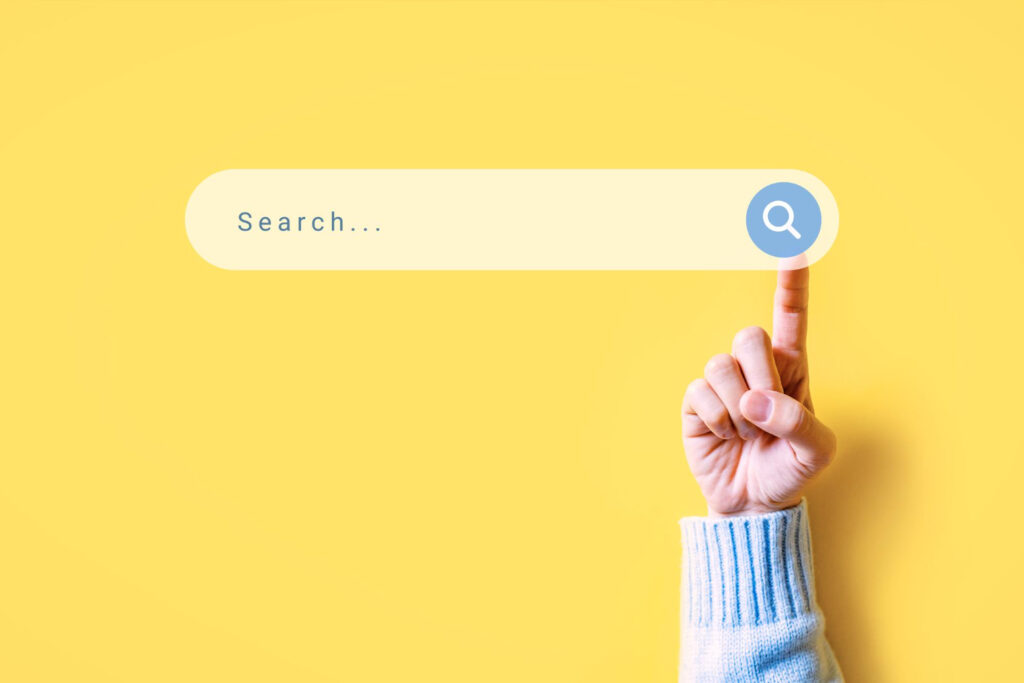Rent to Own Basics
We all dream of having a place to call our own—a home where we can paint the walls any color we want, plant a garden, or finally adopt that dog we’ve been longing for. But let’s face it: the traditional path to homeownership can feel like climbing Mount Everest in flip-flops. Between saving for a hefty down payment and securing a mortgage that stretches across decades, many aspiring homeowners find themselves stuck in rental limbo, watching their homeownership dreams drift further away.
But what if there was another way? Enter the world of rent-to-own properties—a unique hybrid approach that’s helping thousands of Americans bridge the gap between renting and owning. If you’ve been feeling trapped by traditional home-buying requirements, this comprehensive guide to rent to own property basics might just be your ticket to homeownership.
Tap Search… to find the perfect property that fits your needs and budget.
Understanding Rent to Own Property Basics: What’s It All About?
Imagine test-driving a car before committing to buy it—that’s essentially what rent-to-own properties offer, but on a much larger scale. This alternative path to homeownership combines the flexibility of renting with the future promise of ownership, creating a stepping stone for those who aren’t quite ready for a traditional mortgage.
Breaking Down the Rent to Own Property Structure
When you enter a rent-to-own agreement, you’re not just signing another lease—you’re taking the first step toward homeownership. Here’s how the process typically unfolds:
The Initial Agreement
Your journey begins with signing a lease agreement that’s more comprehensive than your typical rental contract. This document outlines not just your rental terms but also sets the stage for your potential future purchase. Think of it as your roadmap to homeownership, with clear signposts along the way.
The Option Fee: Your Ticket to Future Ownership
Remember how you might put down a deposit to hold that perfect wedding venue? The option fee works similarly. You’ll pay this upfront fee—typically ranging from 2-5% of the home’s purchase price—to secure your exclusive right to buy the property later. While this fee is usually non-refundable, consider it your first investment in your future home.
Monthly Payments with a Twist
Here’s where things get interesting. Your monthly payments aren’t just disappearing into the rental void anymore. Instead, they’re split into two parts:
- Regular rent payment (covering your current living expenses)
- Rent credit (a portion that goes toward your future home purchase)
Think of rent credits as your homeownership savings account—money that’s being set aside to help you achieve your goal of owning the home.
The Purchase Price: Looking into the Future
One of the most crucial rent to own property basics is establishing the future purchase price. This price is typically locked in when you sign the agreement—a detail that could work in your favor if property values rise during your lease term.
Why Consider the Rent to Own Property Path?
Let’s be honest—if traditional home buying was accessible to everyone, rent-to-own properties might not exist. But real life isn’t always that straightforward. Here’s why this alternative path might be worth considering:
1. Building Your Financial Foundation
Maybe your credit score took a hit during tough times, or perhaps you’re self-employed and need more time to show stable income. The rent-to-own period gives you precious time to strengthen your financial position while living in your future home.
2. Testing the Waters
Have you ever bought clothes online only to find they don’t fit quite right? Buying a home is a much bigger commitment. Rent-to-own arrangements let you experience the home and neighborhood firsthand before making a final decision. You’ll know exactly what you’re buying—from how the morning sun hits your kitchen to whether the neighborhood really is as quiet as it seemed during that first visit.
3. Market Advantage
In many cases, you’ll lock in your purchase price when signing the agreement. If property values in your area rise (as they often do over time), you could end up buying your home for less than market value. It’s like getting a discount on your future home!
4. Lower Initial Hurdle
Instead of needing a substantial down payment right away, you can start with a more manageable option fee. This makes the path to homeownership more accessible, especially if you’re good at managing monthly payments but struggle with saving large sums.
Navigate the Potential Challenges
While rent to own property basics sound appealing, it’s important to approach this opportunity with your eyes wide open. Here are some challenges to consider and how to address them:
Financial Considerations
- The option fee is typically non-refundable—make sure you’re committed to the property before moving forward
- Monthly payments may be higher than traditional rent to accommodate the rent credit portion
- You’ll need to plan for maintenance and repairs, depending on your agreement terms
Market Fluctuations
Property values can change over time. While a locked-in purchase price protects you from market increases, it could mean paying above market value if property values decline. Research local market trends and consider consulting with a real estate professional to understand the risks and opportunities in your area.
Legal Complexities
Rent-to-own agreements are more complex than standard leases. Consider working with a real estate attorney to review your agreement and ensure your interests are protected.
Finding Your Rent to Own Property Opportunity
Ready to explore this path to homeownership? Here’s how to get started:
1. Research Your Market
Start by understanding what’s available in your desired area. Look for:
- Direct listings from property owners
- Real estate websites specializing in rent-to-own properties
- Local real estate agents who handle these transactions
2. Build Your Support Team
Don’t go it alone. Consider assembling:
- A knowledgeable real estate agent familiar with rent-to-own transactions
- A real estate attorney to review agreements
- A financial advisor to help plan your path to purchase
- A home inspector to evaluate the property’s condition
3. Financial Preparation
Use the lease period strategically:
- Create a credit improvement plan if needed
- Save additional funds for your future down payment
- Track local property values and market trends
- Maintain detailed records of all payments and rent credits
Making Your Decision
As you explore rent to own property basics, remember that this path isn’t one-size-fits-all. Consider your unique circumstances:
- How long do you plan to stay in the area?
- What’s your current financial trajectory?
- How much flexibility do you need?
- What are your long-term homeownership goals?
The Path Forward
Rent-to-own properties represent a unique opportunity in the housing market—a bridge between renting and owning that could make your homeownership dreams more attainable. While this path requires careful consideration and due diligence, it might be the alternative approach you’ve been looking for.
Remember, understanding rent to own property basics is just the beginning. Take time to research, ask questions, and consult with professionals before making your decision. Your path to homeownership might not look like everyone else’s, and that’s okay. What matters is finding the approach that works best for you and your future.
Whether you’re rebuilding credit, saving for a down payment, or simply wanting to ensure a home is right for you before committing, rent-to-own properties offer a viable alternative to traditional home buying. By understanding the fundamentals outlined in this guide, you’re better equipped to decide if this path aligns with your homeownership goals.
Take the next step by researching rent-to-own opportunities in your area, and don’t hesitate to reach out to real estate professionals who can guide you through the process. Your journey to homeownership might be different than you initially imagined, but it could lead to the same destination: a place to call your own.





